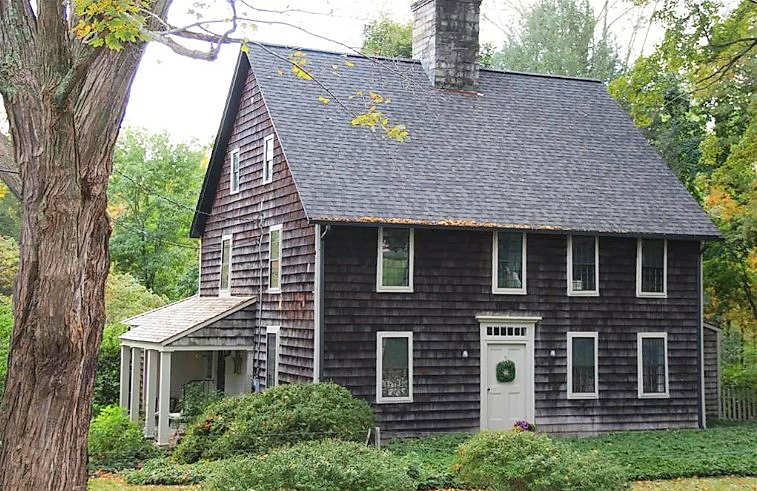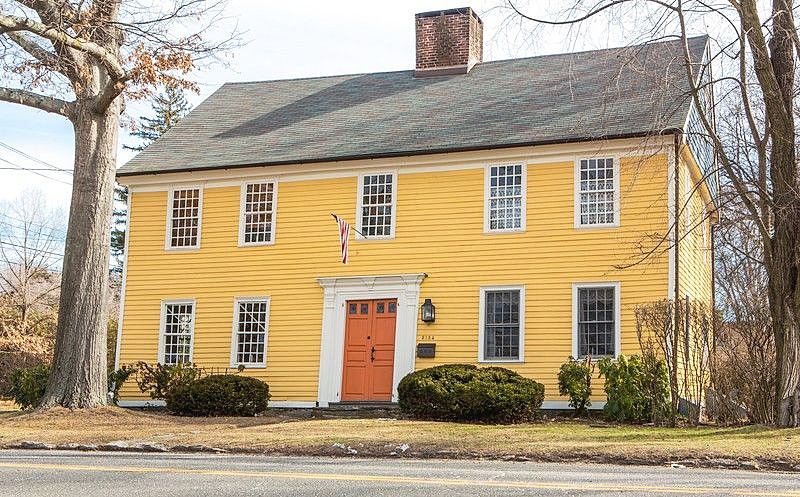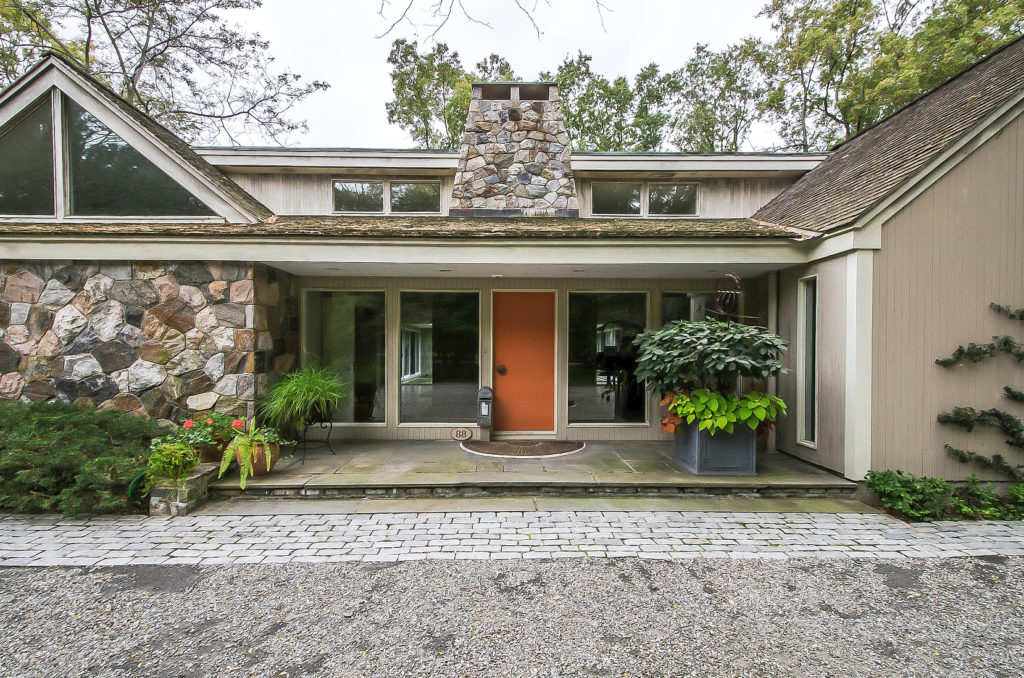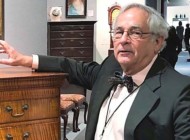
The Gurdon Bartram House, Redding.
FAIRFIELD COUNTY, CONN. — The architectural and historical significance of three Connecticut towns: Redding, Stamford and Stratford is the focus of upcoming tours. Each town has a unique story to tell through its buildings and their associated historical figures. Histoury, a nonprofit that creates architectural history tours, will visit each of these three communities in April for one-time tours.
“Revolutionary Redding: A Bus Tour of Colonial-Era Homes” will take place on April 16, highlighting many Georgian, Federal and vernacular homes, including the site of one of Redding’s earliest crimes. “Stamford’s Midcentury Icons: A Bus Tour of Midcentury-Modern Architecture” is scheduled for April 23, exploring midcentury homes, office towers and other buildings, including works from several prominent modernist architects. Finally, on April 30, is “Saltboxes of Stratford: A Walking Tour of Colonial Homes in the Historic Village,” showcasing the colonial village and the stories of Stratford’s founding families.
Known as the Old Stone House, 12 Marchant Road in Redding is a unique example of colonial-era architecture located in the countryside. Its construction in the mid-Eighteenth Century using stone gives it architectural distinction and adds to the significance of the property. The original owner, Gurdon Marchant, had the home built as a wedding gift for his wife, Elinor Chauncey, who came from a family of prominent figures in early American education. Her relatives included Israel Chauncey II, who was one of the founders of Yale, and Rev Charles Chauncey I, who was a respected English immigrant and who later became the president of Harvard. The history and lineage of the Chauncey and Marchant families, combined with the unique construction of the Old Stone House, make it a valuable and rare asset to Redding’s architectural history.

The Curtis House, Stratford.
During the Revolutionary War, Redding, like many other communities, was home to both Patriots and Loyalists. One such Loyalist was John Pickett, whose home at 126 Picketts Ridge Road still stands today. Pickett was a member of the Redding Loyalist Association, at odds with the local Committee of Observation, which was sanctioned by the Continental Congress to keep tabs on suspected Tories. Pickett’s residence, constructed in 1748 and expanded in 1840, reminds us that the colonists were not in solidarity against the British and, rather, that neighbors were sometimes in battle with each other over these opposing beliefs.
The Colonel Aaron Barlow House, along Umpawaug Road, is deeply connected to the democratic ideals at odds with Loyalists like Pickett. The home of a notable Patriot military figure and frequented by the namesake of Putnam Park, it is also where Joel Barlow wrote one of his most prominent works. Together with its architectural integrity, the significance of the Barlow House was formally recognized in 1982 when it was inscribed on the National Register of Historic Places.
Stamford’s architecture is a rich tapestry of different styles and periods and includes many buildings of Midcentury Modern design, among which are the works of some of the country’s most prominent architects of the Twentieth Century, reflecting the city’s evolution into the desirable Manhattan suburb that it remains today.
One of the most celebrated architects associated with Stamford’s modernist architecture boom is Frank Lloyd Wright. Born in Wisconsin in 1867, Wright trained as an architect in Chicago. He is widely considered one of the world’s influential architects of the Twentieth Century, known for his innovative use of materials and his organic approach to design. Completed in 1955, Frank Sander commissioned Wright to design his Stamford home, also known as Springbough, which still stands today.

The William Sklar House by Jim Evans, Stamford.
Another prominent modernist architect included in Stamford’s cultural landscape is Richard Neutra. Born in Austria in 1892, Neutra emigrated to the United States in 1923 and quickly established himself as a leading designer. He is best known for his work in Southern California, but his designs can be found throughout the country, including Stamford’s iconic Glen House, built in 1960.
Jim Evans was a lesser known but nonetheless prominent midcentury architect, and Stamford has the good fortune of being home to many of his designs from family homes on Brookhollow Lane and Saddle Hill Road to apartment towers. Evans was born in New York City and studied architecture at Yale.
Founded by Puritans in 1639, today Stratford Center is a very well-preserved village of saltboxes and Georgian and Federal homes, each of which is a compelling connection to the stories of the town’s founding families, with a great deal of New England’s Revolutionary War heroes and some of America’s first politicians among them.
One of Stratford’s most famous residents was William Samuel Johnson, a lawyer and politician who served in the Continental Congress and helped draft the Constitution. In 1789, Johnson was elected Connecticut’s first US senator. Along Elm Street a marker stands in front of the home built by his son a decade later, where Johnson is said to have lived out his last years.
Other notable people of the time whose homes still stand in the village include William Thompson, a lieutenant in the Continental Army who died in the Battle of Ridgefield, Connecticut’s only inland battle, and a colonial house that some hundred years later became the boyhood home of Frank Scott Bunnell, a lifelong educator and namesake of Stratford’s high school.
These Histoury tours have limited spaces available; for more information, www.histoury.org.




